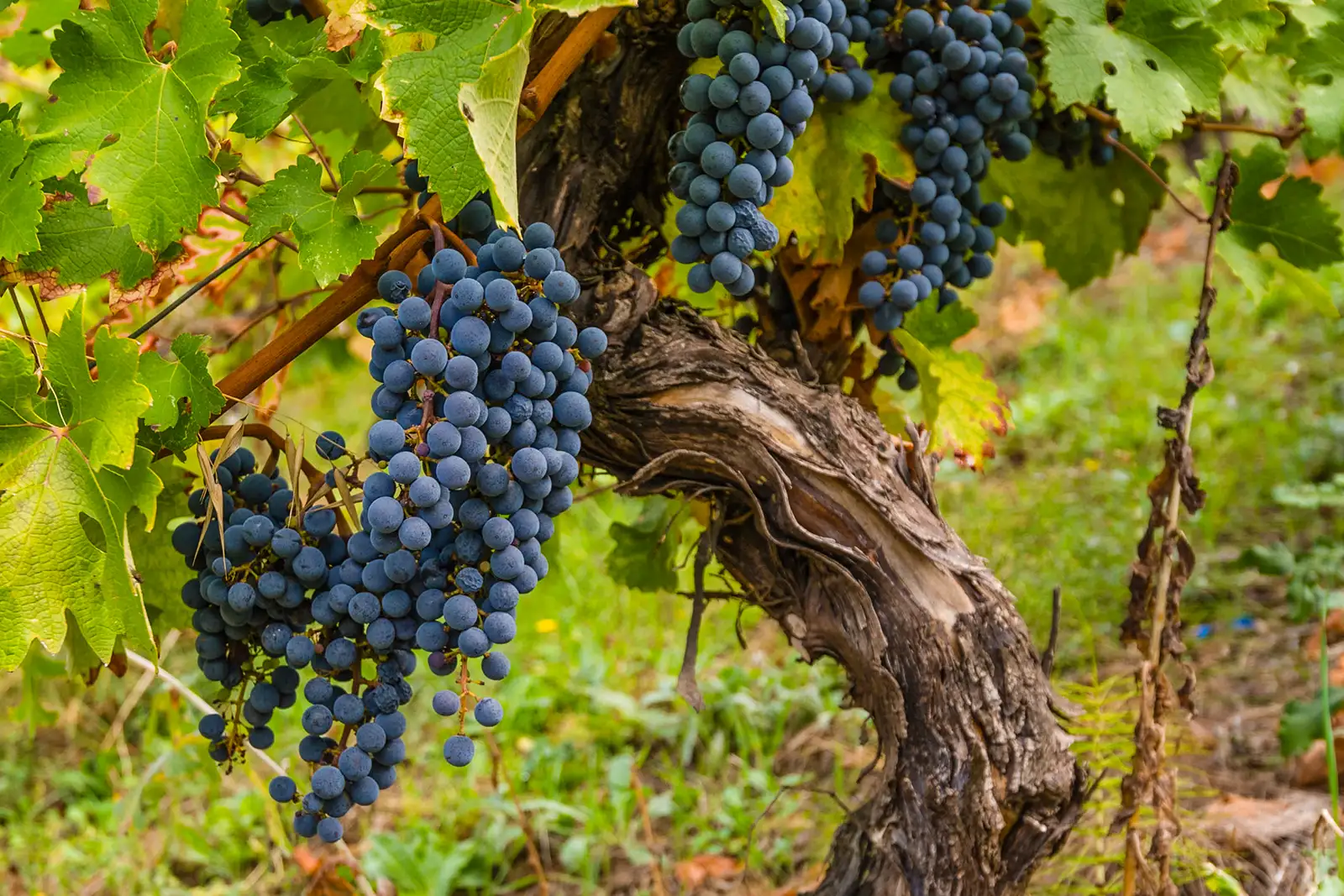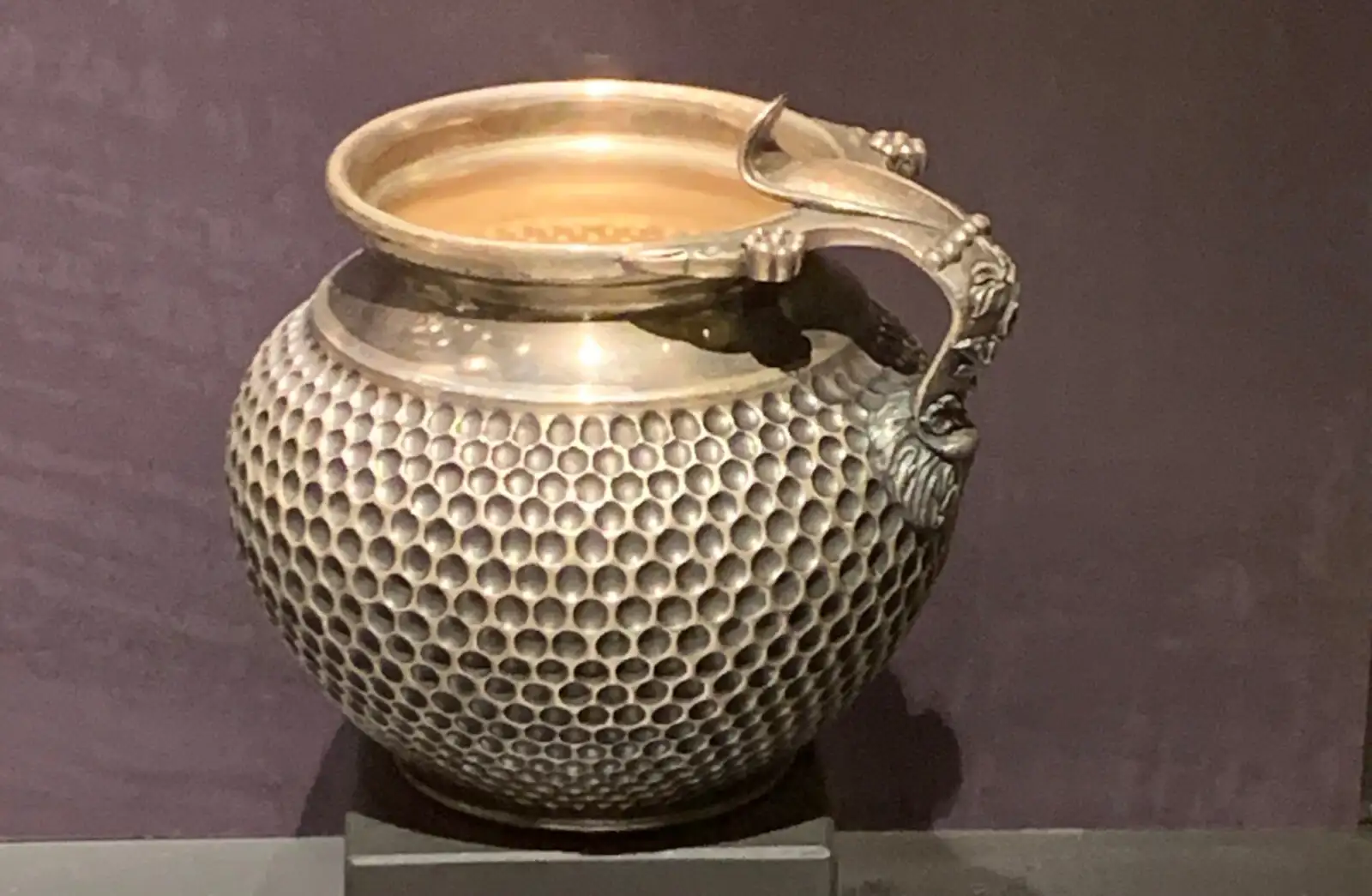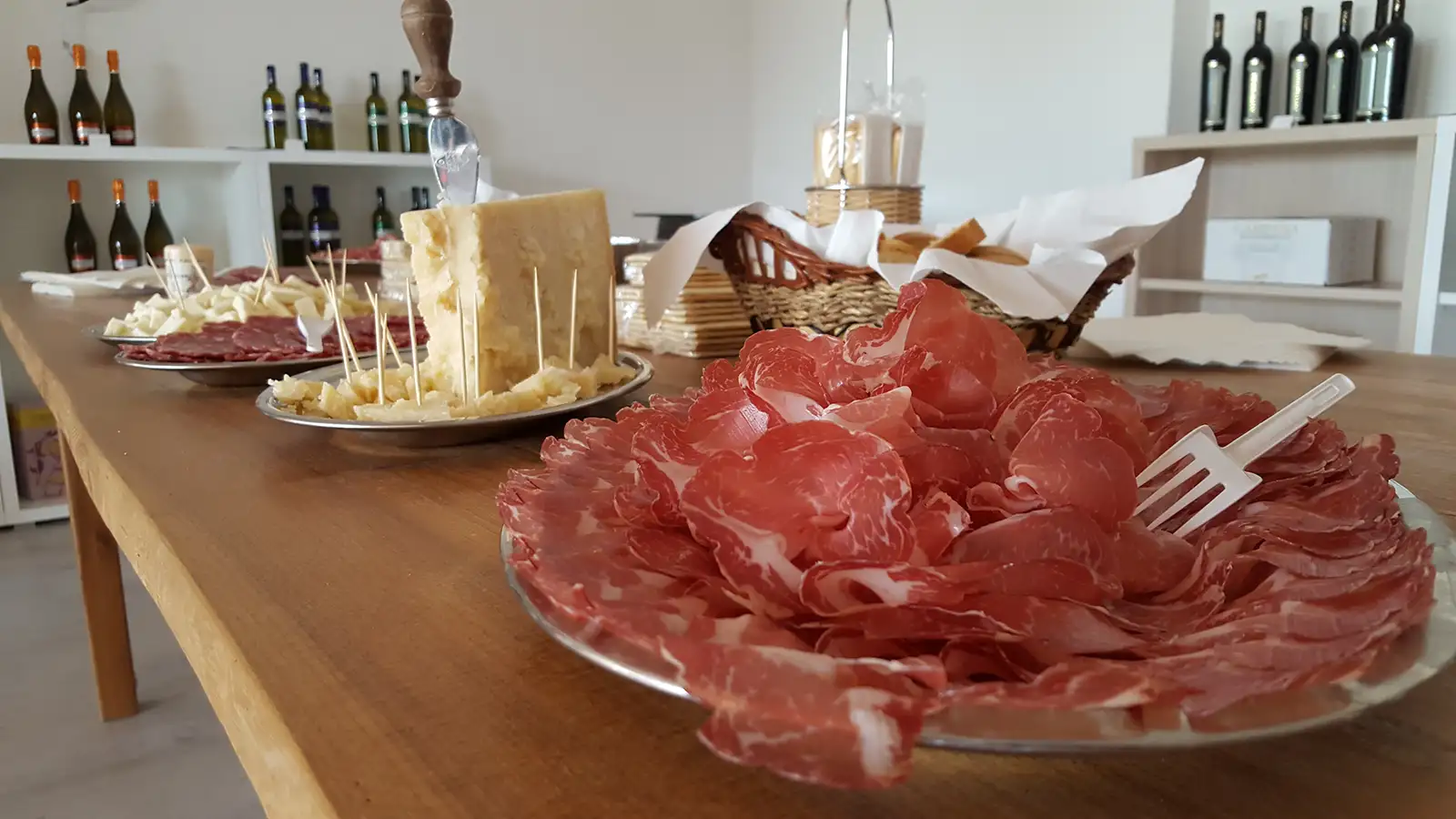
Piacenza’s viticulture originated in the traditions of ancient Greece. Since the beginning, winemakers here have cultivated low vines propped with a stake (Columella’s characata vine), maintaining that it was the “stake that made the grapes”. The first vines were planted during the Iron Age (1st millennium BC) by the founders of the cultural and thermal settlement of Veleja.
Nei secoli hanno prodotto vino a Piacenza i paleoliguri, gli etruschi, i romani, i legionari latini, i galli e i celti. L’etrusco Saserna, il più noto agricoltore locale del II sec. a.C., racconta che alla sua tavola si beveva il Kilkevetraat his table; this was a woodland wine of the Piacenza Apennines. While it was then a drink to be enjoyed in company and consumed sparingly, in Roman times Piacenza’s wine production became famous for its quality and was even mentioned by Cicero in one of his speeches in the Senate. The richly forged wine cup, the “Gutturnium", dates back to this historical period.
Many illustrious figures throughout history have loved Piacenza’s great wines. Ancient documents testify that the brave military leaders Piccinino and Colleoni and the noble Sforza family appreciated them for their flavour and delicacy. Pope Paul III, born Alessandro Farnese, kept a steady supply available, while Giovanni Durante from Piacenza was commissioned to regularly send small barrels of Piacenza wine to the great Michelangelo. ㅤ
From the seventeenth century, the wines were exported to France and in the eighteenth century sent to King Philip V of Spain together with Grana cheese and Piacenza cured meats. Upon first tasting them, King Philip’s son and heir to the throne, Charles III , judged them to be the best he had ever drunk. In 1911, a red wine from Piacenza was recognised by the Ministry of Agriculture to be among the 18 best national products at the International Exhibition of Turin: the progenitor of all Piacenza red wines was Gutturnio.


The native grape varieties of the Piacenza Hills are the principal protagonists of Piacenza’s 17 DOC wines. Gutturnioㅤcomes from the blending of Barbera and Croatina – here called Bonarda. Gutturnio is a red wine with a big personality and good structure that can be enjoyed sparkling or still. The Malvasia di Candia Aromaticaㅤstands out among the white wines; it is one of the most elegant and multilayered Malvasias and is noteworthy for its complex aromas, while its different versions enable pairing with a wide variety of dishes.ㅤOrtrugo, vino bianco frizzante, fresco e gradevole che nasce dall’omonimo vitigno.
The common thread running through all Piacenza wines is their marked pleasantness and drinkability, a reflection of a land that loves good living, nature and genuine relationships, like those of the past.
Cantine Campana Srl – Via Madonna della Quercia, 116 – Ciriano di Carpaneto (PC) – Tel. 0523 859448 – Email: info@cantinecampana.it